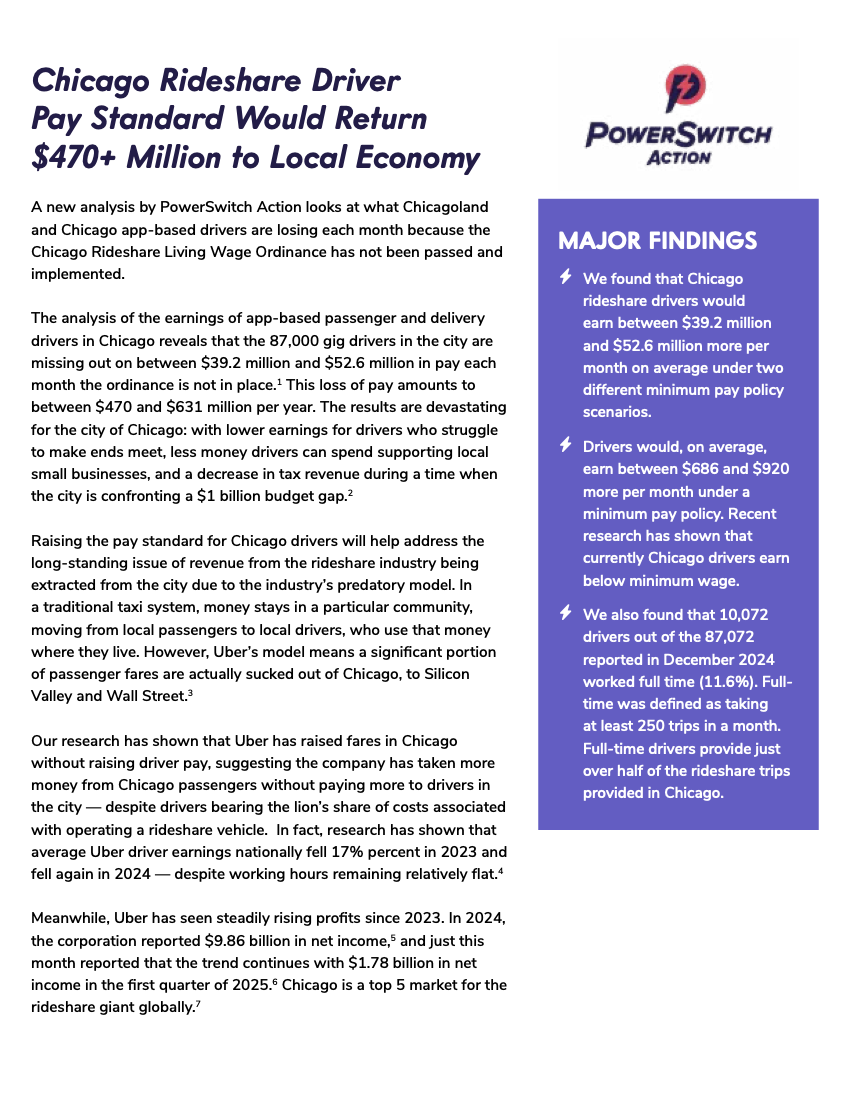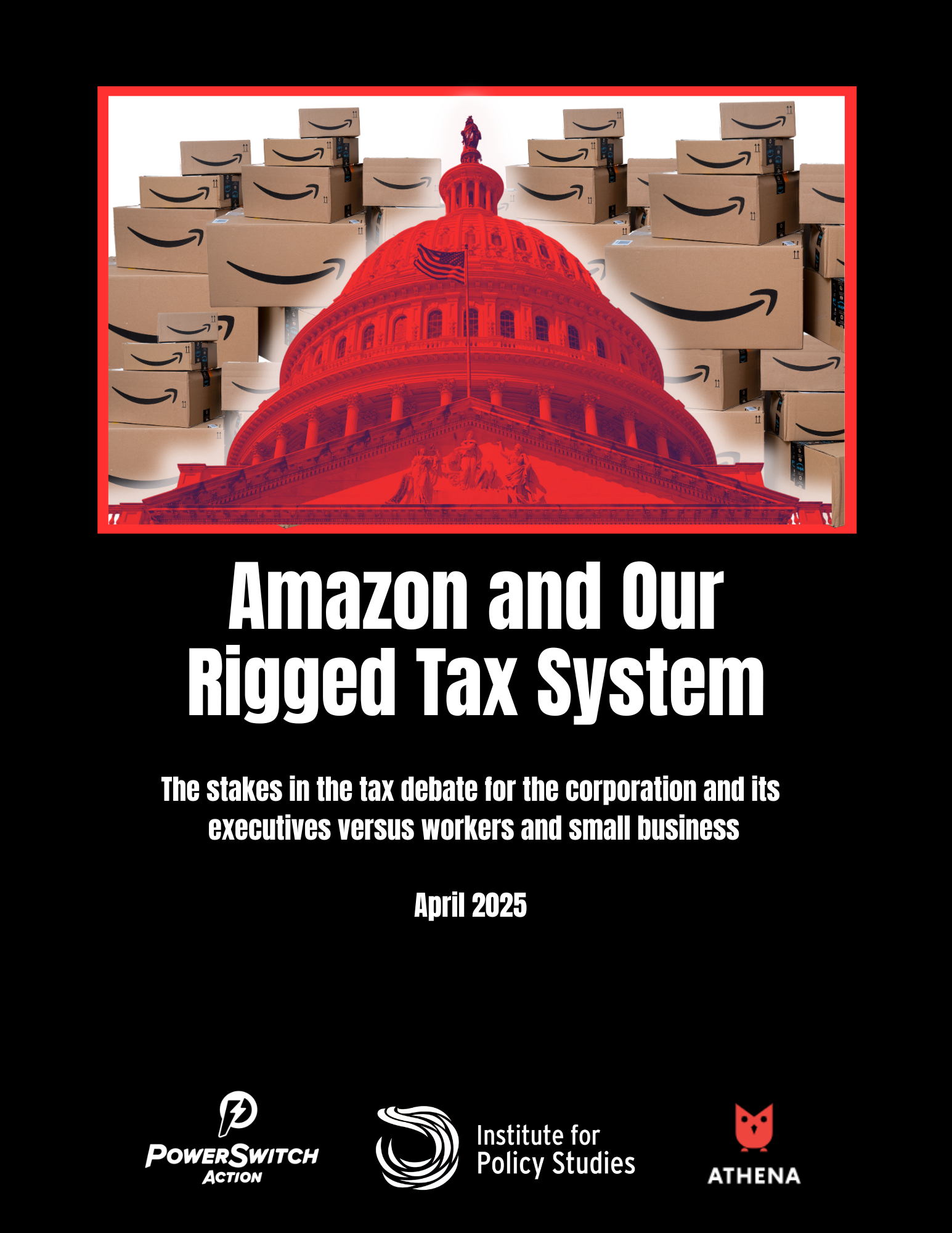A living wage policy requires employers to pay a wage based on economic realities, not simply what the state or local minimum wage prescribes. While, historically, living wage policies are generally based on the wage a full time worker would need to support a family of four above the federal poverty line, this is typically inadequate for most families’ self sufficience. The Massachusetts Institute of Technology’s Living Wage Calculator takes a better approach, determining living wage levels for states and localities using a variety of market-basket factors to calculate the “minimum employment earnings necessary to meet a family’s basic needs while also maintaining self-sufficiency.”
In practice, however, wage rates vary from city to city, based on the local cost of living, wage scale, and political reality. Living wage policies can come in several forms. They can be laws or ordinances enacted by a state, city or county; they can be project- or area-specific policies that are a part of a CBA; or a policy can target a specific industry. It is important to remember that living wage policies usually apply to a specific set of workers, such as employees performing work under a city contract. Ultimately, it is important that a coalition seeks to clearly define who is covered by a living wage policy.
Beyond Wage Requirements
Many living wage policies account for the cost of health care by calculating the wage to reflect whether an employer will provide healthcare or if the worker will have to purchase an individual plan. Either way, community groups may seek to expand job quality standards by including the following additional provisions.
Health Care
For the majority of low-wage workers healthcare is far out of reach for themselves and their families. In most cases employers do not provide healthcare options for low-wage workers. In many cases where an employer does provide healthcare benefits, the employee’s contribution is so high and wages are so low that many will opt-out of coverage. Living wage policies can address this issue. In many cases the cost of healthcare is calculated into living wages. For example, City of Oakland’s Minimum Wage for Hotel Workers ordinance requires employers to pay in 2022 $16.38 with health benefits and $21.84 without health benefits. This approach is preferable to a simple requirement that covered employers actually provide healthcare coverage to employees, which might lead to legal complications.
Paid Sick Leave and Vacation
Not only do low-wage workers have to worry about making ends meet, many have to choose between taking a sick child to the doctor and losing their job. A good job not only pays a living wage, it also provides paid sick leave. Under the City of Los Angeles Living Wage Ordinance, covered employees are entitled to 96 hours of paid time off per year. The Ballpark Village CBA in San Diego is a good example of a policy that provides a living wage and paid time off. The CBA requires covered employers to provide full-time employees with a minimum of ten compensated days off per year for sick leave or vacation. Part-time employees accrue time off at a rate proportional to that of full-time employees.







